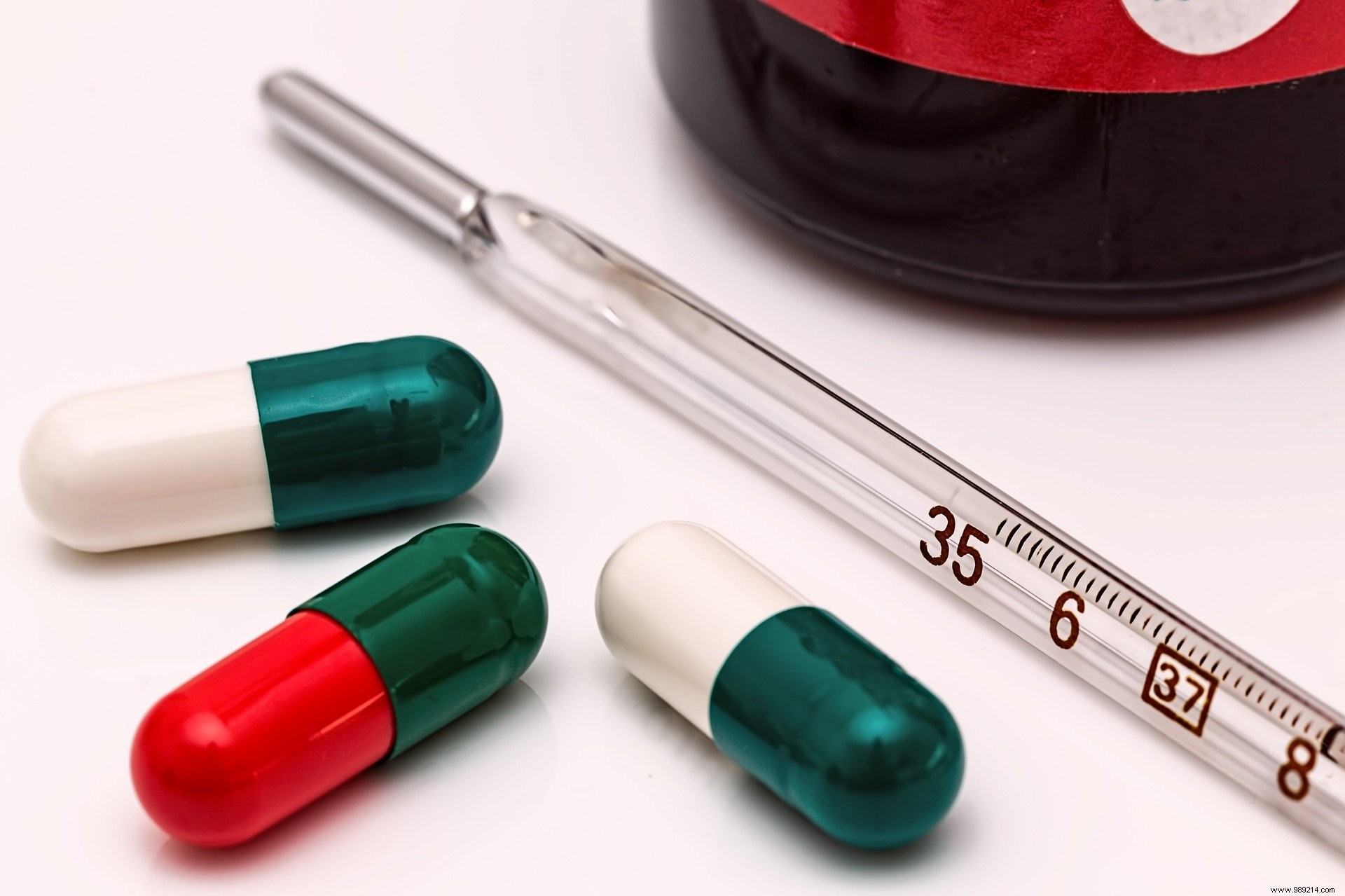The WHO is sounding a new alarm bell over the lack of new antibiotics which is encouraging the spread of resistant bacteria.
First developed in the 1920s, antibiotics have been the cornerstone of modern medicine. This has indeed made it possible to save many lives by effectively combating bacteriological diseases. However, nature is constantly adapting. Over time, by dint of using this type of treatment, the bacteria then evolved to develop resistance .
As a result, the means of struggle are no longer effective, leaving the field free for diseases. According to some estimates, resistant bacteria could kill up to ten million people by 2050 if nothing is done to stem the problem.
The situation is very critical. Last April, clinician Sally Davis, England's best-known doctor, had already discussed the situation. According to her, antibiotic resistance is now a threat as serious as global warming for humanity.
It deplores in particular the fact that the efforts made to deal with it are not sufficient. “There is no appetite [among pharmaceutical companies] to develop new drugs. There is a systemic failure ". Unfortunately, what benefits public health the most is not necessarily the most profitable.
The WHO is also very concerned about the problem, as evidenced by two new reports published a few days ago. “Never has the threat of antimicrobial resistance been more immediate and the need for solutions more urgent “, said the director of the agency, Tedros Adhanom Ghebreyesus. “Many initiatives are underway to reduce resistance, but we also need countries and the pharmaceutical industry to get more involved and provide sustainable funding and innovative new medicines “.
According to the WHO, around 50 new antibiotics are being developed. However, unfortunately, none seems to be able to make the difference compared to the treatments currently offered. And "only two of them target the most resistant bacteria “, can we read. Other potentially innovative drugs are still in pre-clinical trials, but these will not be available on the market for at least ten years.

Further efforts will have to be put in place to develop new defensive approaches, but it is also important to significantly reduce our consumption of antibiotics . The agri-food and fish farming sectors are the most worrying. Globally, the majority of antibiotics are indeed by far used for animals .
In this sense, a report published last April by the United Nations Inter-Agency Coordination Group on Antimicrobial Resistance (IACG) called for a total ban on the use of antibiotics as growth promoters in farm animals.
Related articles: